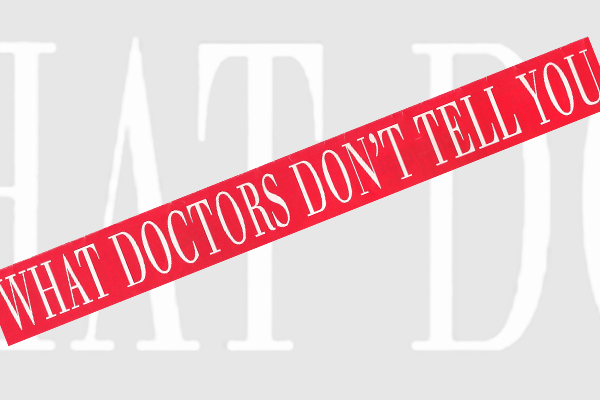Natural Ways to Improve Dental Health

Tooth decay and gum disease are widespread throughout the Western world in spite of the availability of high-tech toothbrushes, and ‘scientifically proven’ toothpastes and mouthwashes. Brushing incorrectly or not often enough is one cause, but poor dental health is also a matter of lifestyle. The end result isn’t just bad teeth. Dental problems are linked to a range of disorders, from heart disease to osteoporosis.
With this in mind, it is worth implementing a few natural strategies for keeping your teeth and gums healthy. Each of these ‘treatments’ should be used for a minimum of two months to determine whether they are effective or not.
Eat whole, unprocessed foods. Several dietary factors have been implicated in tooth decay. Most of them – refined flours, inactivation of vitamins by processing and heating, and high sugar levels – are due to highly processed foods. In contrast, fresh foods contain many of the nutritional elements necessary to maintain good oral health.
Use an alcohol-free mouthwash, as alcohol dries the mouth, thereby allowing invasive bacteria to take hold. Mouth-washes containing folic acid (0.1 per cent) may combat bleeding gums, and 4 mg/ day of folic acid in capsule or tablet form can also be effective (J Periodontol, 1976; 47: 667-8). Mouthwashes containing herbal extracts such as chamomile, Echinacea and myrrh may be particularly effective.
Avoid environmental toxins. Finnish researchers found that dioxin exposure via breastmilk and food can result in chalky lesions on the teeth and loss of enamel in children (Lancet, 1999; 353: 206). Lead is similarly damaging (Nat Med, 1997; 9: 1024-5).
Minimise your drug-taking regime, as drugs can affect your oral health. Antidepressants reduce saliva levels, which can lead to tooth decay in adults (Lancet, 1995; 346: 1640). Lowering the dose, chewing sugar-free gum or taking extra vitamin C can help. The birth-control pill can lead to an increased risk of gum disease by encouraging bacterial growth in the mouth (Contraception, 1998; 57: 381-4).
Consume green and black teas, which both contain flavonoids that inhibit the growth and activity of the bacteria associated with tooth decay (Arch Pharm Res, 1998; 21: 348-52). Tea also contains natural fluoride, which may be helpful.
If you must eat sweets, use sugar substitutes such as sorbitol and xylitol, which appear to have anticaries benefits (Am J Dent, 1996; 9: 184-90). Of the two, xylitol-containing chewing gum appears to be more beneficial than sorbitol-containing gum, which can also cause flatulence.
Replace your toothbrush regularly – at least every month. Worn toothbrush heads are less efficient at removing food and plaque, and can lead to tooth decay and gingivitis (gum inflammation).
Improve your brushing technique. Brush every day, ideally after each meal, using five to 10 strokes in all areas – downwards on the upper teeth and upwards on the bottom ones, and with circular brushing movements across the upper surfaces of the back teeth.
Supplement with a good-quality multivitamin/mineral. This will make up for any dietary deficiencies and provide useful amounts of nutrients, such as zinc and selenium, necessary to maintain a vigorous immune system that can fight off dental bacteria.
In addition, take:
- Coenzyme Q10 (50 mg/day) to avoid bleeding gums (Res Commun Chem Pathol Pharmacol, 1976; 14: 715-9).
- Vitamin C, as a deficiency can increase your risk of gum disease. Taking just 70 mg/day can quickly improve gum-tissue health (Int J Vitam Nutr Res, 1982; 52: 333-41) – but only in those who are vitamin C-deficient.
- B-complex vitamins, which aid tissue integrity. B6, in particular, has long been known to encourage beneficial mouth bacteria while decreasing those that cause decay (NY State Dent J, 1959; 25: 303-7). Aim for 10-20 mg daily.
- This article first appeared in the May 2004 (volume 15 number 2) edition of What Doctor’s Don’t Tell You












